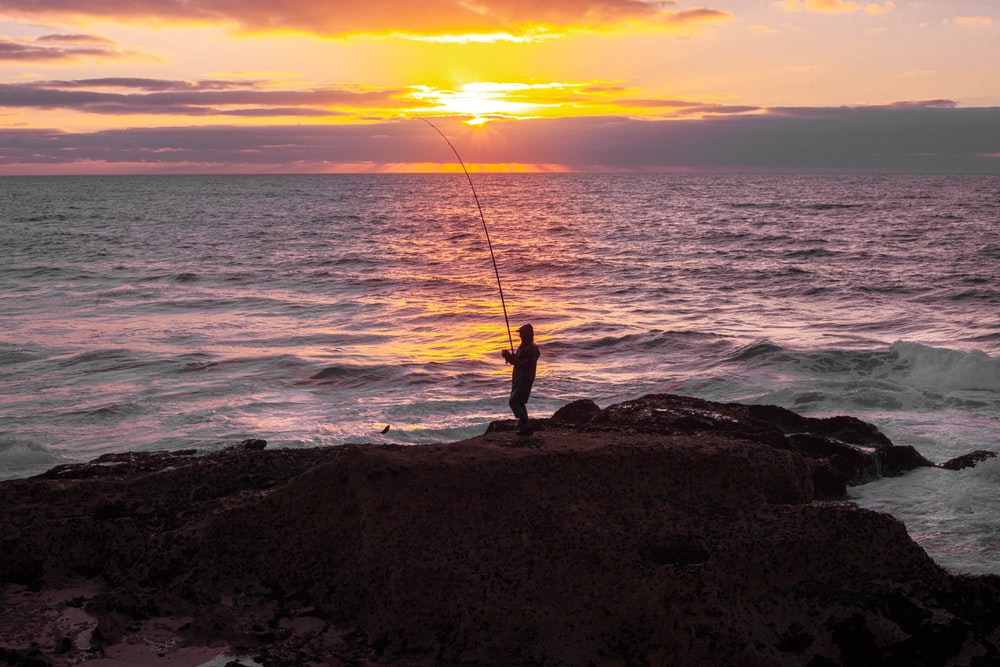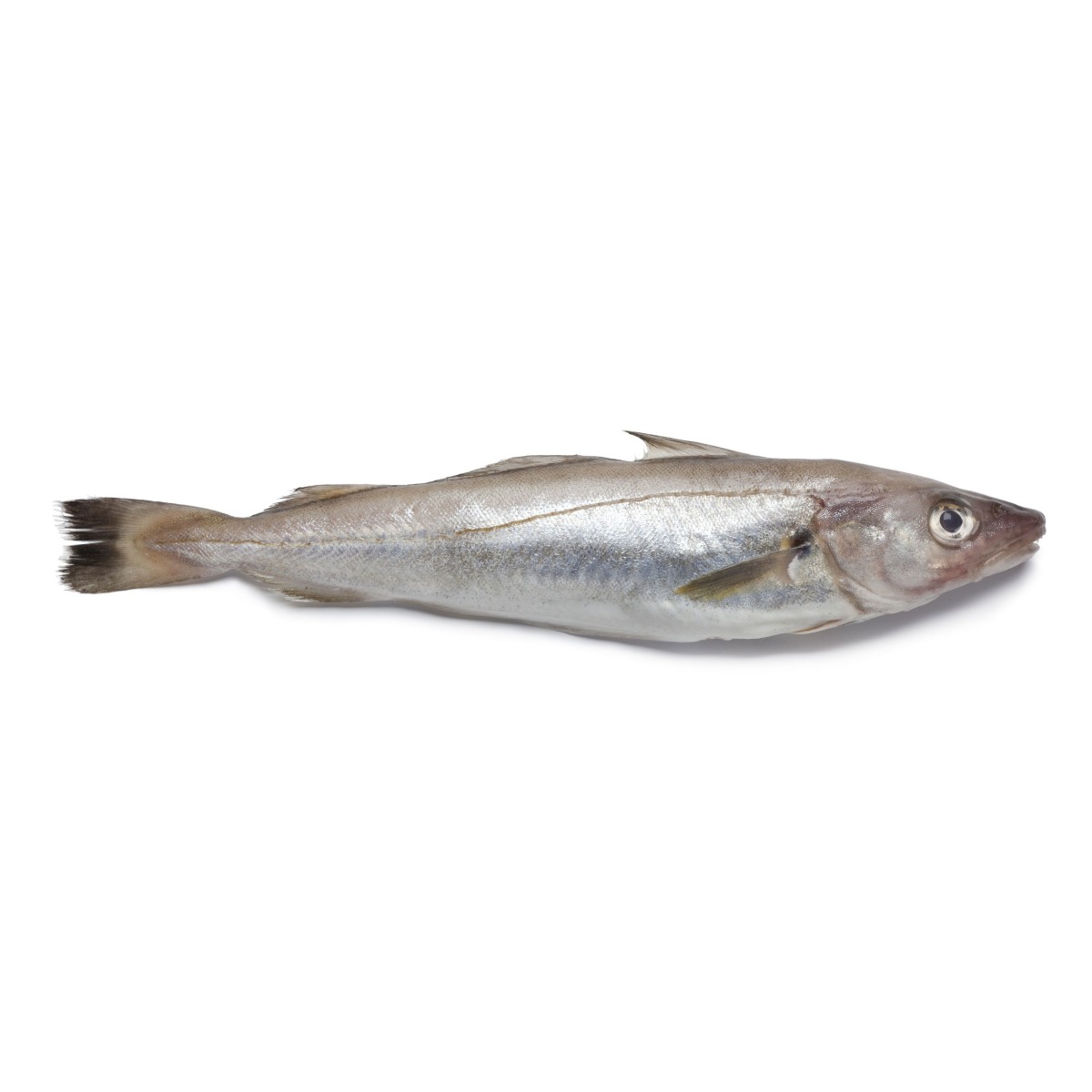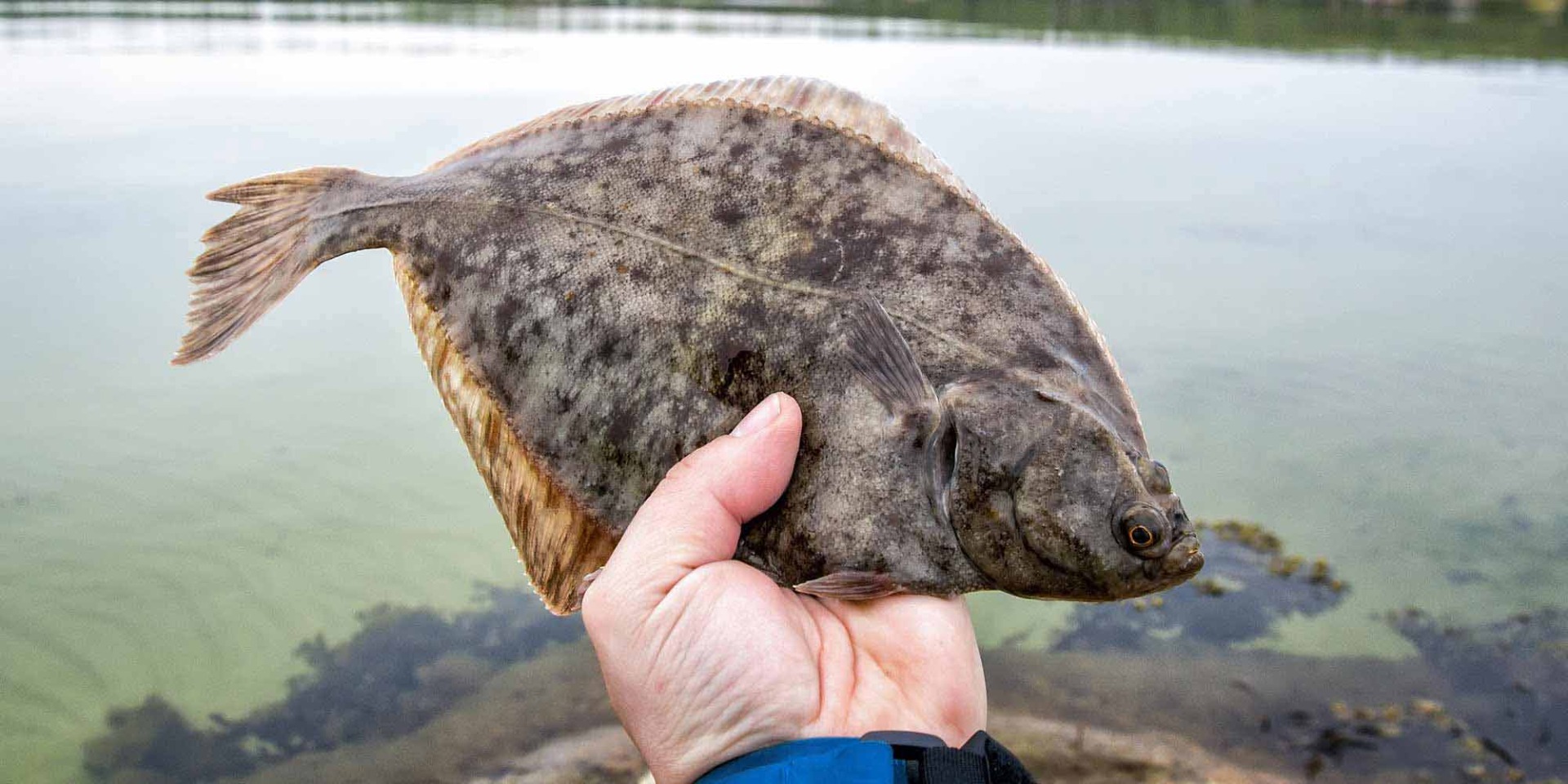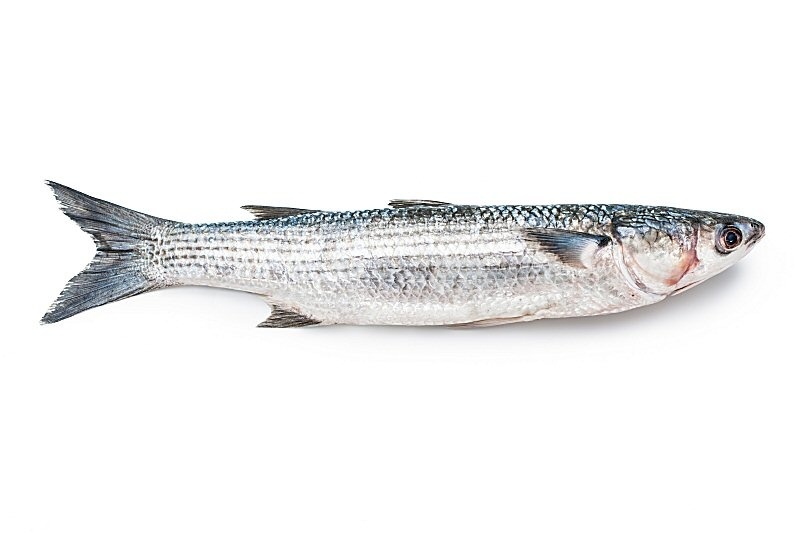Autumn Sea Fishing UK – What Species to Target?

A new season always brings new opportunities; different species, a different approach, and certainly different weather patterns! Summer has been and gone, the leaves have fallen from the trees and autumn is underway.
As the seasons change, migratory species mobilise and ‘new’ species enter UK waters. For example, as autumn goes on the summer species will being to thin out to be replaced by the larger mature cod, who will migrate down from the cooler Scandinavian waters to join the smaller immature cod, which have remained around the UK all year long.
One thing to consider is your geographical location, in the example of migratory cod, you are more likely to find these larger cod off the coast of Scotland and northern England. That’s not to say you can’t catch cod off the south coast, it is just less likely.
---
So, with that in mind, what sea species should you target this autumn?
Whiting begin to arrive in greater numbers during the autumn months, whiting are at their best during this period often growing to their largest around the month of December.
Found all over the British Isles, whiting is a straightforward autumnal catch. Their competitive hierachy means they typically snap at bait much faster than other fish, making it a great species to target as a novice sea angler.
A three-hook loop rig is designed for whiting fishing as it allows you to fish from a distance. Its top two hooks flap in the tide, luring the whiting in despite the rough seas.
There is also no need to worry about bait for this unfussy fish; ragworm, lugworm and mackerel baits are all inexpensive lures that the whiting will love.
 Between late summer and late autumn the UK waters are in prime flounder season. Usually found in shallow waters in the UK and Ireland, flounder are a small species, commonly weighing in at around 1lb, bigger fish are out there, but relatively rare.
Between late summer and late autumn the UK waters are in prime flounder season. Usually found in shallow waters in the UK and Ireland, flounder are a small species, commonly weighing in at around 1lb, bigger fish are out there, but relatively rare.
Whilst attempting to catch a flounder it is crucial to wait until the fish has fully taken the bait. Good bait presentation and patience is the key to flounder fishing. Their small mouths often mean they strike several times before latching onto the bait so making it as tempting as possible will increase your chances of a catch. Adding extra beads and feathers to your hook will entice cautious fish in, then all you need to do is wait patiently for the bite.

Mullet are typically found in the southern waters of the UK, living in harbours, marinas or natural coves. Travelling in groups, mullet begin to spawn in winter and so are often found in September and October.
Since mullet prefer calmer waters, catching them requires a high level of stealth. Many anglers tone down their approach, hoping to blend into the mullet’s habitat. Choosing your methodology wisely, along with making as little noise as possible, will stand you in the best stead to catch a mullet.

Finally, pollock fishing can be done all over the UK, but hotspots include Devon, Cornwall, Wales and Scotland. Hiding in rocky, weed covered seas, pollock are regularly found in summer and early autumn, just before they begin to migrate into warmer waters for the winter – so you will need to mobilise quickly once the leaves start falling off the trees.
You can catch pollock in several ways, meaning they are an accessible fish for any type of angler. Float fishing, lure fishing and bait fishing are common methods of catching pollock, all requiring a sturdy hook to successfully catch the fish. Hooks between the sizes 2/3 are the ideal for reeling in pollock.
